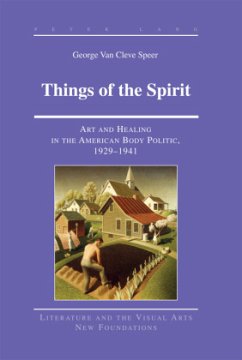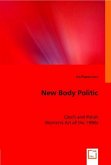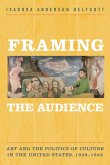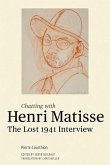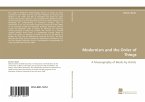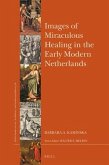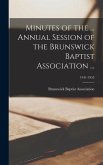In the 1930s, the crises brought about by the Depression, climatic devastation, and the rearmament of Europe led Americans from all walks of life to believe that capitalism and technology had synthesized into a monstrous force that threatened the human race. And yet, this chaotic decade also witnessed an unprecedented level of support, both rhetorical and institutional, for the importance of art in the lives of everyday Americans. This book investigates that paradox, asking why, when simple survival presented its own obstacles, our historically pragmatic culture began to define art as a necessity rather than a luxury. To answer this question, the book traces the symbolism of the embattled and recuperative body across a broad spectrum of American culture in the Machine Age. The book situates this symbolism within the commentary of artists, novelists, critics, and educators who trusted in the power of artistic expression and the experience of art to restore the health of the body politic.
Bitte wählen Sie Ihr Anliegen aus.
Rechnungen
Retourenschein anfordern
Bestellstatus
Storno

